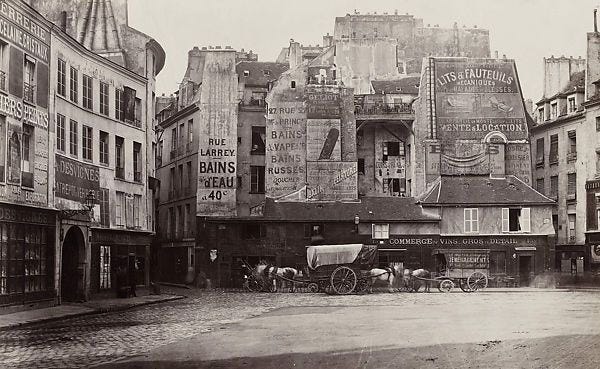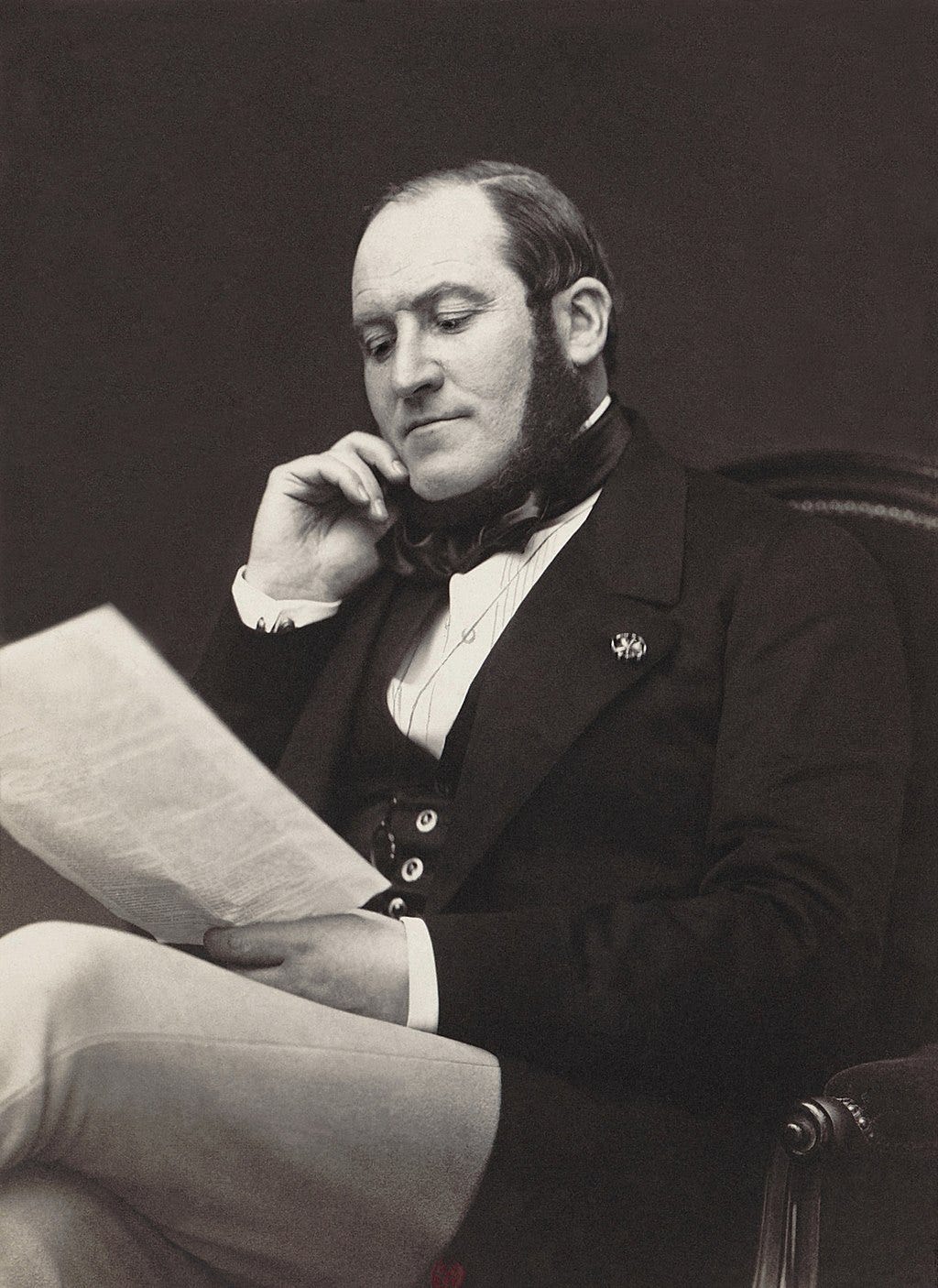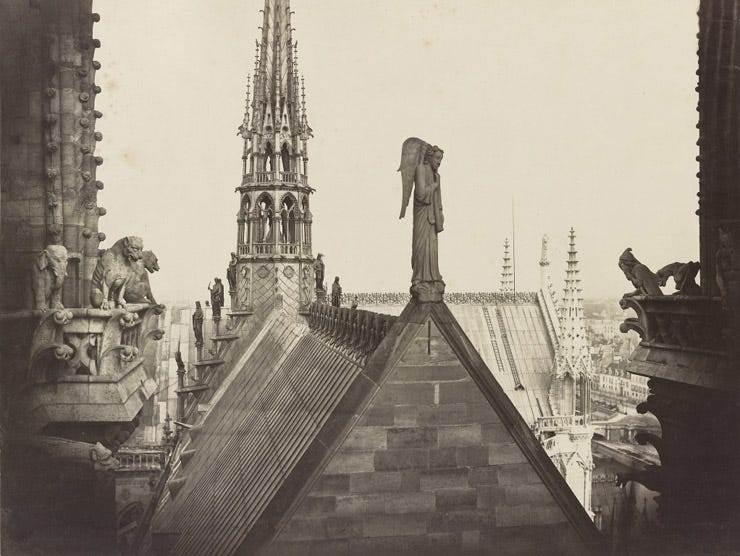Photographing Paris Through a Medieval Lens
A closer look at the urban photography of Charles Marville (French, 1813 - 1879)

The 19th Century for Europe and the United States was replete with change: the Industrial Revolution, the broadening of global interconnectedness, political and social revolutions, the list goes on. These transformations paved the way toward “modernization” and all that it begat for the 20th Century. Until roughly the second half of the century, Paris was considered a Medieval city by 19th Century standards. Aesthetically, the city’s appearance had much more in common with London’s ancestor of the Middle Ages rather than its Victorian contemporary. Winding streets and narrow alleyways intersected, overlapped, and reconnected with one another across the cityscape in a haphazard fashion. The close proximity of buildings left entire streets shrouded in darkness, which exacerbated the spread of cholera and a sense of claustrophobia. There was no rhyme or reason for Paris’s overall composition as its uncontrolled dispersion practically left no room for any semblance of ordered city planning. Or so it seemed. During Emperor Napoleon III’s Second Empire (1852 - 1870), he enlisted the services of city administrator Baron Georges-Eugene Haussmann to take the reins in redesigning Paris’s image to catch up to modernization. Haussmann’s ambitious demolition-cum-rebuilding program upended thousands upon thousands of buildings to accommodate more up-to-date structures, open boulevards, parklands, and scores of other urban attractions.

While Haussmann’s extensive city-wide redevelopment campaign received praise, a number of critics emerged who denounced the erasure of its Medieval identity. The statesman and philosopher Jules Ferry decried “We weep with our eyes full of tears for the old Paris”; the poet Charles Baudelaire mourned “Old Paris is no more”; and the novelist Emile Zola lamented Haussmann’s brainchild was “an enormous hypocrisy”. Even amidst a city rife with aged infrastructure that seemed to indicate the Middle Ages never ended, many approached modernity with trepidation and longed for their “Old Paris” to live on.

Although Haussmann was essentially given carte blanche to level thousands of buildings across miles and miles of neighborhoods to make way for new and improved infrastructure, Emperor Napoleon III appointed photographer Charles Marville (French, 1813 - 1879) to capture images of the city before the completion of Haussmann’s program.
Over 150 years since Haussmann’s redevelopment came to fruition, 21st Century viewers are able to immerse themselves in the Paris of olden times through the objective documentary photography of Charles Marville who preserved the City of Lights’ pre-modern, idiosyncratic, Medievalist character. Marville relied upon his 8x10 camera, glass plates, and natural light to photograph crisp images that presented all facets of Parisian life, from one-point perspective shots gazing down deserted alleyways to close-ups of Gothic sculptural adornments from local churches and cathedrals (including images of Notre Dame while it was in the midst of a major restoration campaign under the direction of Eugène Viollet-le-Duc).





